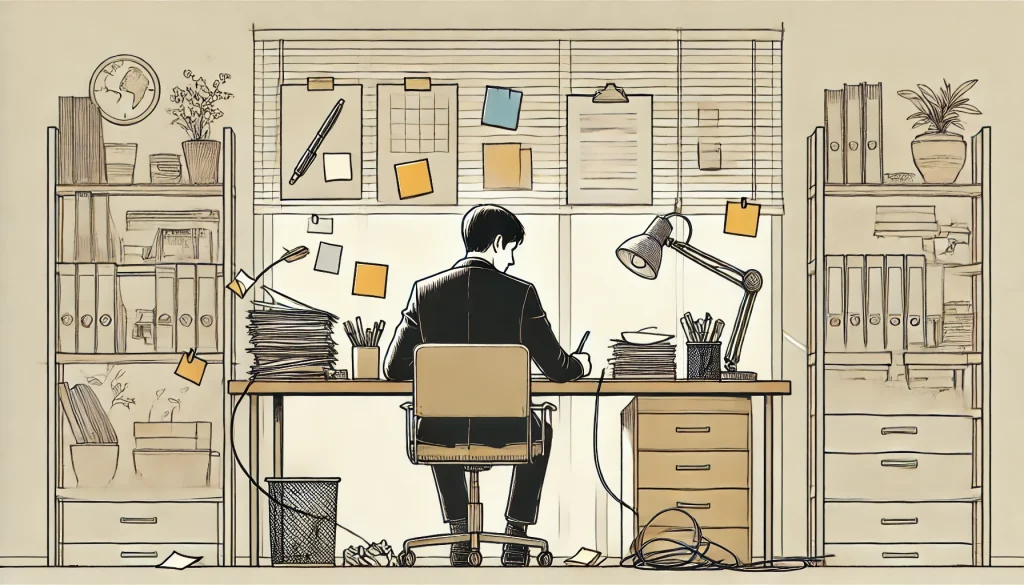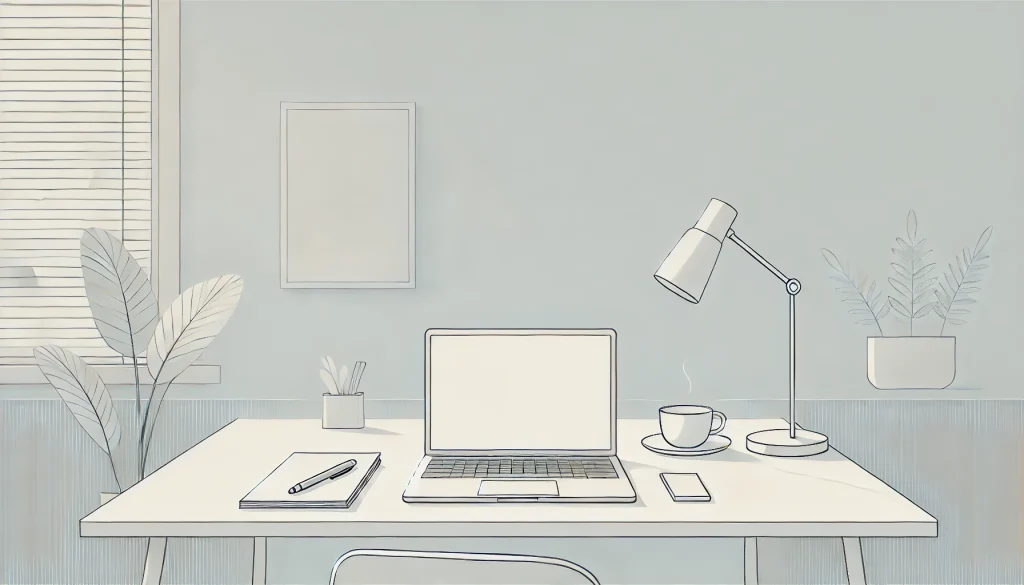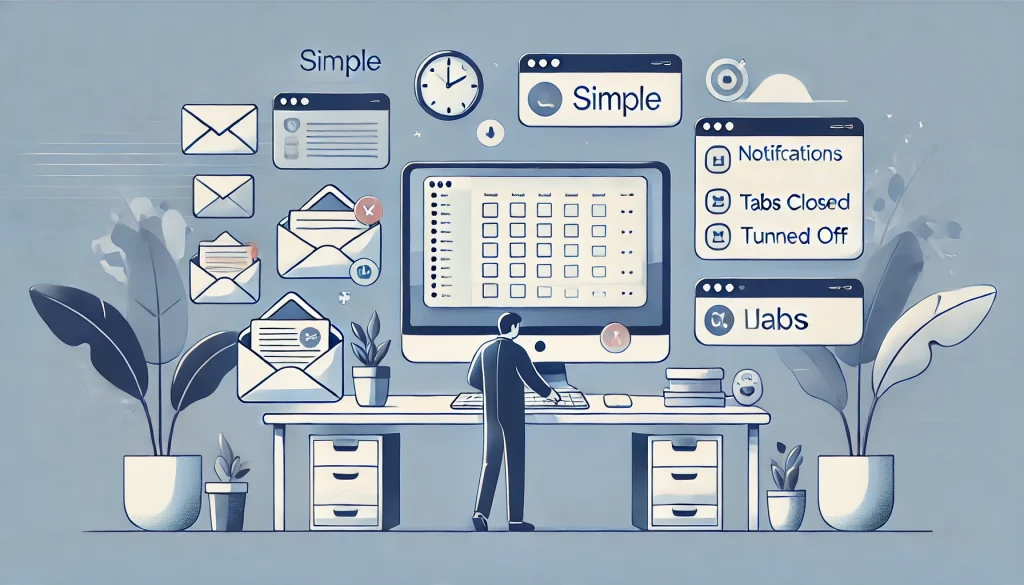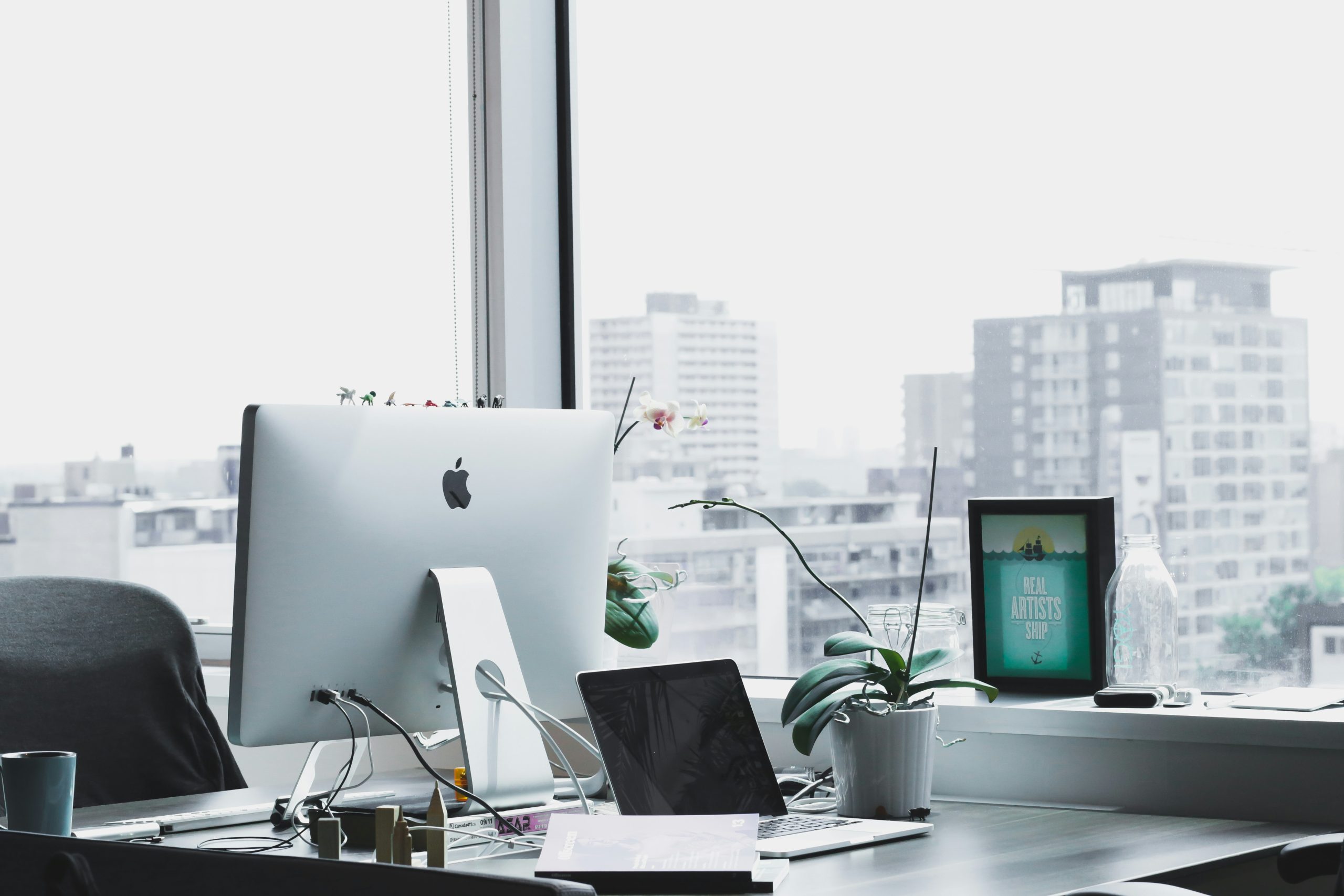I first discovered minimalism in 2017 as a university student overwhelmed by clutter. Back then, I disliked having too much stuff and struggled daily with organizing my clothes and belongings. Moving to a new city for university intensified my desire for simplicity, though I didn’t yet have a name for it. One day, while browsing online, I stumbled upon content about minimalism. Intrigued, I began exploring what it truly meant.
The concept of minimalism is often misunderstood as merely owning fewer possessions, like minimalist-style clothes or accessories. However, true minimalism goes much deeper than this consumerist trend. Minimalism applies to every area of life—our homes, thoughts, workspaces, and even digital files—emphasizing simplicity and reduced distractions.
This guide offers practical steps to adopt workplace minimalism by decluttering both physical and digital spaces. You’ll learn to identify essentials, streamline processes, and maintain an organized, distraction-free environment to boost focus and reduce stress.
Minimalist Work Environment
In a professional context, minimalism is about streamlining your work environment, tasks, digital tools, and commitments to enhance clarity, efficiency, and impact.
Today’s workplace is often overwhelming, especially post-pandemic, as professionals face multitasking, information overload, and excess responsibilities. But with minimalism, it’s much easier to combat common challenges in professional life, such as overwhelm, distraction, and inefficiency.

Clutter in the work environment can occur in two ways: physical or digital. On the physical side, it can include piles of papers on a desk, excess pens, sticky notes, outdated electronics, unnecessary cables or charger bricks, and an abundance of decorative items, gifts, or photos.
On the digital side, clutter often manifests as too many open tabs in a web browser, an unsorted email inbox with hundreds of unread messages, a desktop full of icons and files, constant notifications from various apps, and multiple unused programs or software that slow down your system.
A minimal workspace is free of the distractions mentioned earlier and includes only items that are genuinely useful and regularly used. By eliminating both physical and digital clutter, we can positively impact our work performance over time. This reduction in distractions leads to less stress while managing our tasks, ultimately providing a greater sense of satisfaction and happiness as we continue through our working lives.

A minimalist workspace leads to higher productivity because your attention is no longer divided among non-essentials. By reducing visible clutter, you alleviate mental distractions, which in turn makes decision-making faster and more effective.”
A minimalist workspace also reduces stress—seeing fewer items or tasks in your view helps alleviate mental clutter. Additionally, decision-making becomes faster and more effective because you aren’t bogged down by irrelevant choices. In essence, minimalism in the workplace simplifies your processes, making it easier to stay organized, focused, and satisfied with your accomplishments.
Simple Steps to Create a Minimalist Workspace
Creating a minimalist workspace begins with clearing out what you don’t need. Start by removing all non-essential items from your desk, leaving only the essentials such as your computer, a notepad, and a pen or two. Establish designated spots for frequently used items, making it easy to return them after each use. Limit the number of office supplies—there’s no need for a dozen pens or stacks of sticky notes when just a few will suffice.

Implement a “one-in, one-out” policy: for every new item added to your workspace, remove another to maintain a clutter-free environment. By taking these small but consistent steps, you can create a cleaner, more focused workspace that encourages productivity and reduces stress.
To minimize digital clutter, start by organizing your computer desktop—eliminate unnecessary icons and group related files into labelled folders. Manage your email inbox by creating folders or using filters to sort messages, aiming for “inbox zero” by the end of each day. Limit open browser tabs to only those directly related to your current tasks and use tab management tools to keep things tidy.

Additionally, turn off non-urgent notifications from apps and set boundaries for when you’ll check messages. Decluttering your digital environment not only makes it easier to find what you need but also allows you to stay focused and work more efficiently.
Cover Photo by Alesia Kazantceva on Unsplash

Leave a Reply